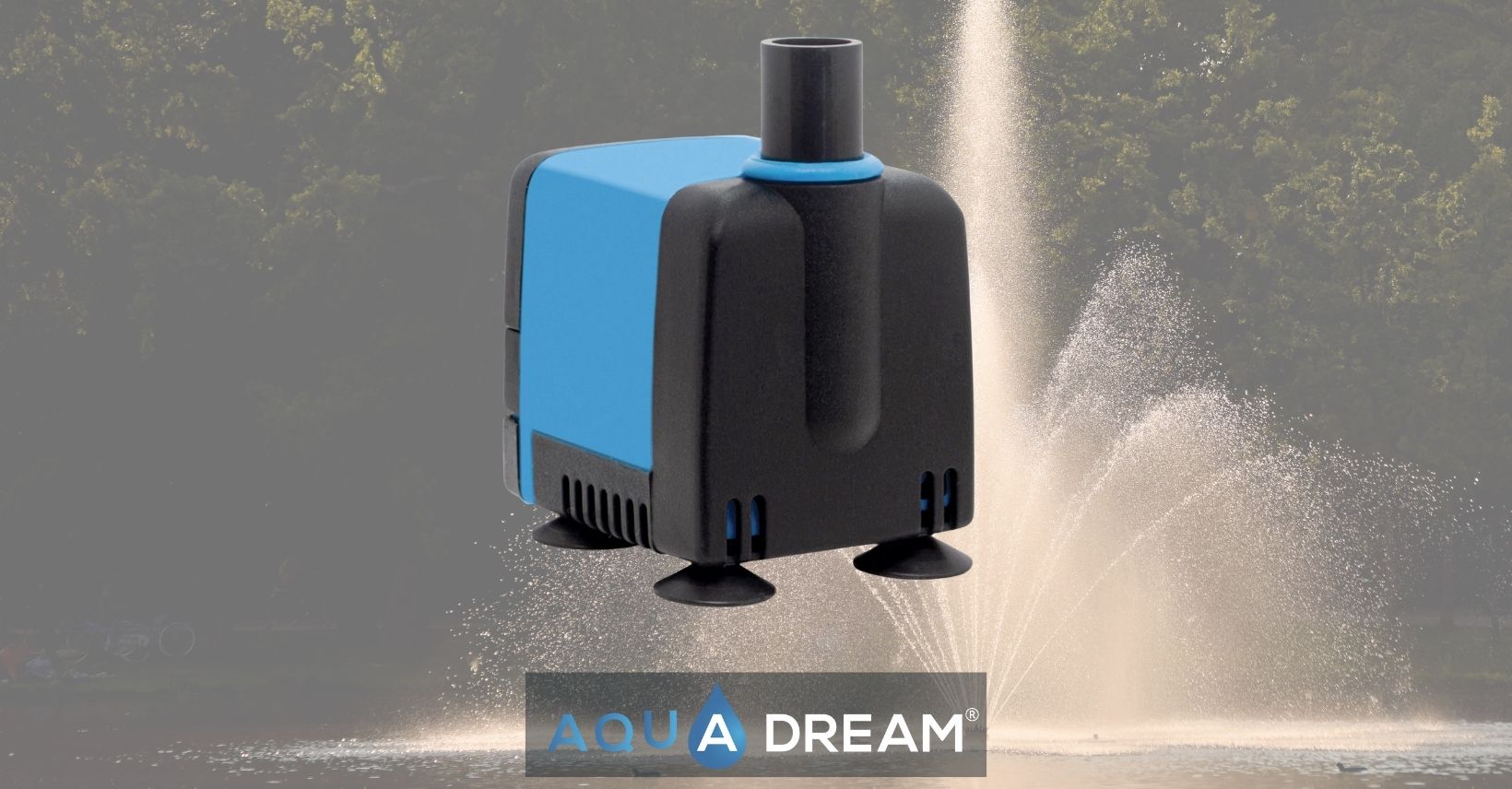
Creating a captivating water feature in your garden can transform your outdoor space into a serene oasis, and choosing the right fountain pump is integral to this transformation. From the gentle trickle of a decorative pond to the dynamic flow of a grand fountain, the right pump ensures your water feature functions beautifully and efficiently. At AquaDreamUSA, we understand the nuances of selecting the perfect fountain pump, offering a range of water feature pumps tailored to various needs and specifications. In this guide, we'll walk you through the essential considerations for selecting a pump, share expert fountain installation tips, and provide insights into fountain pump maintenance to keep your garden's centerpiece in peak condition. Whether you're a garden enthusiast or a landscaping professional, let us be your trusted advisor in bringing your aquatic dreams to life.
Types of Fountain Pumps
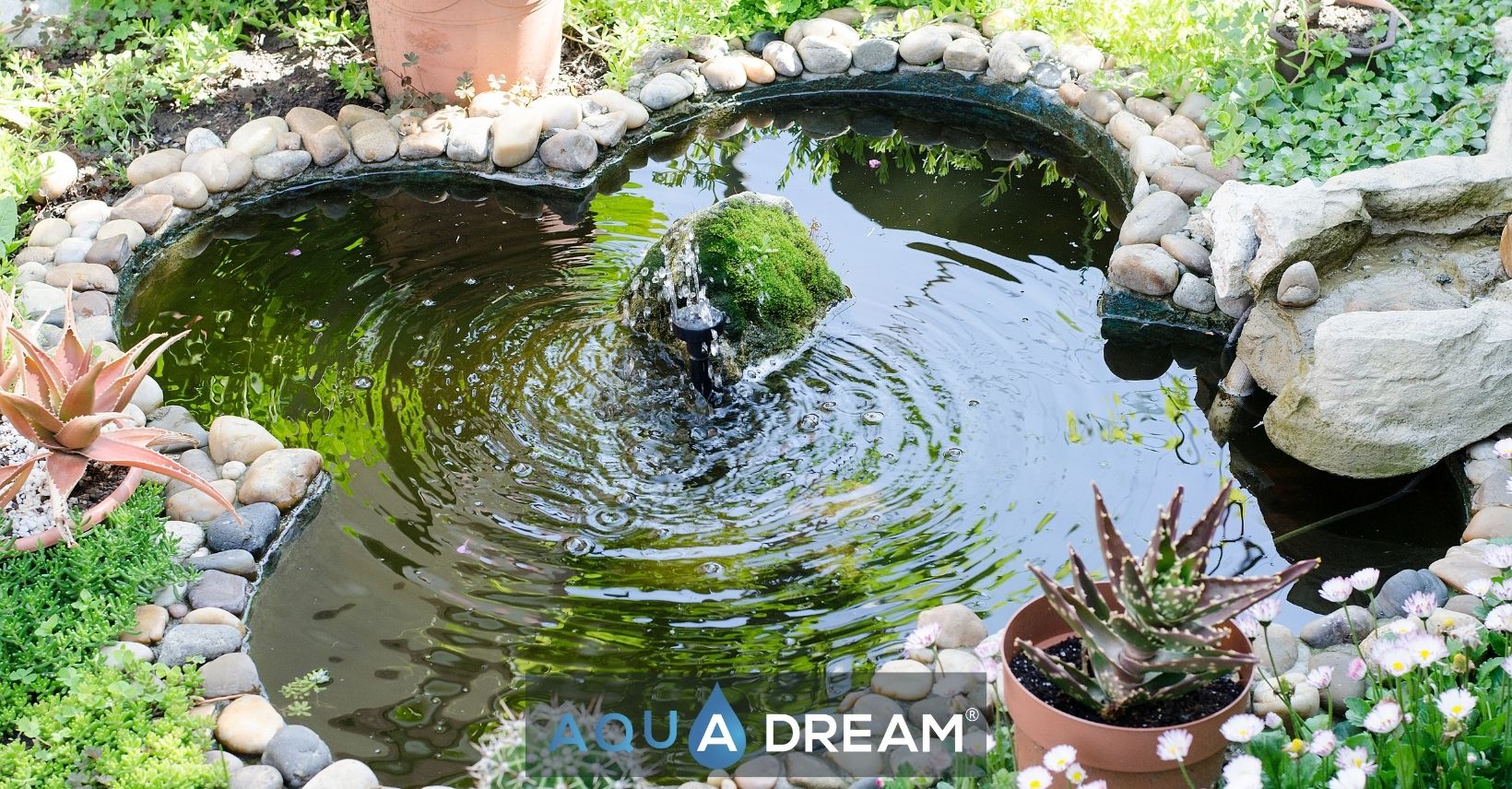
Before diving into the specifics of fountain pump selection, it's essential to understand the different types available. This knowledge will help you make an informed decision based on your garden's unique needs and the water feature you envision.
Submersible vs. External Pumps
When choosing a fountain pump, one of the first decisions you'll face is whether to opt for a submersible or external pump. Each type has its advantages and best-suited applications.
Submersible pumps are designed to operate while fully submerged in water. They're popular for smaller to medium-sized fountains and are known for their quiet operation. These pumps are easy to install and maintain, making them a favorite among DIY enthusiasts.
External pumps, on the other hand, are installed outside the water feature. They're typically more powerful and suitable for larger fountains or those with complex plumbing systems. While they may require more setup, external pumps often have a longer lifespan and are easier to access for maintenance.
AquaDreamUSA offers a range of both submersible and external pumps to suit various garden designs and water feature requirements.
Choosing the Right Size
Selecting the appropriate pump size is crucial for the optimal performance of your water feature. The right size ensures proper water circulation and aesthetic appeal.
To determine the correct pump size, consider the following factors:
-
Fountain height: The desired height of your water spray directly impacts the pump power needed.
-
Water volume: Calculate the total amount of water in your feature to ensure adequate circulation.
-
Pipe diameter: Larger pipes require more powerful pumps to maintain flow.
A general rule of thumb is to circulate the entire water volume once every hour. For example, a 100-gallon pond would require a pump with a flow rate of at least 100 gallons per hour (GPH).
Remember, it's better to choose a slightly oversized pump than an undersized one. This allows for adjustments and ensures your fountain operates at its best.
Energy Efficiency Considerations
When selecting a fountain pump, energy efficiency should be a top priority. An energy-efficient pump not only reduces your carbon footprint but also saves on electricity costs in the long run.
Look for pumps with high efficiency ratings, such as those certified by ENERGY STAR. These pumps typically use up to 70% less energy compared to standard models.
Consider pumps with adjustable flow rates. This feature allows you to optimize energy consumption based on your fountain's needs throughout different seasons or times of day.
Solar-powered pumps are an excellent eco-friendly option for smaller fountains or areas with ample sunlight. While they may have a higher upfront cost, they can significantly reduce long-term energy expenses.
Installation and Maintenance Tips
Proper installation and regular maintenance are key to ensuring your fountain pump operates efficiently and has a long lifespan. Let's explore some expert tips to help you get the most out of your water feature pump.
Essential Fountain Installation Tips
Installing your fountain pump correctly is crucial for its performance and longevity. Follow these steps for a successful setup:
-
Choose the right location: Ensure the pump is easily accessible for maintenance while remaining hidden from view.
-
Use proper fittings: Select the correct size and type of fittings to prevent leaks and ensure optimal water flow.
-
Install a pre-filter: This helps protect your pump from debris and extends its lifespan.
When installing submersible pumps, make sure they're fully submerged and level to prevent air from entering the system. For external pumps, create a dry, well-ventilated space to house the unit.
Always refer to the manufacturer's instructions for specific installation guidelines. If you're unsure, consider consulting a professional to ensure proper setup.
Routine Fountain Pump Maintenance
Regular maintenance is essential to keep your fountain pump running smoothly and efficiently. Implement these practices to ensure optimal performance:
Weekly checks: Inspect the water level and top it off if necessary. Remove any visible debris from the fountain and around the pump intake.
Monthly cleaning: Turn off the pump and remove it from the water. Clean the intake and impeller thoroughly, removing any built-up algae or mineral deposits.
Seasonal maintenance: Before winter, if you live in a cold climate, remove the pump and store it indoors to prevent freeze damage. In spring, clean the entire system before restarting.
By following these maintenance routines, you'll extend the life of your pump and keep your fountain looking its best. For more detailed maintenance tips, check out our Facebook page.
Troubleshooting Common Issues
Even with proper maintenance, you may occasionally encounter issues with your fountain pump. Here are some common problems and their solutions:
Reduced water flow: Check for clogs in the pump intake or tubing. Clean thoroughly and ensure there are no kinks in the lines.
Unusual noise: This often indicates air in the system or debris in the impeller. Submerge the pump fully and clean the impeller if necessary.
Pump not starting: Verify the power source and connections. If everything is properly connected, the pump may need to be replaced.
Remember, if you're unsure about any aspect of troubleshooting or repair, it's best to consult a professional to avoid potential damage to your pump or fountain system.



 Aquariums & Supplies
Aquariums & Supplies
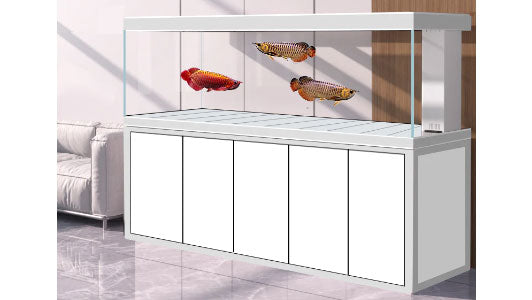

 Coral Reef Aquariums & Supplies
Coral Reef Aquariums & Supplies
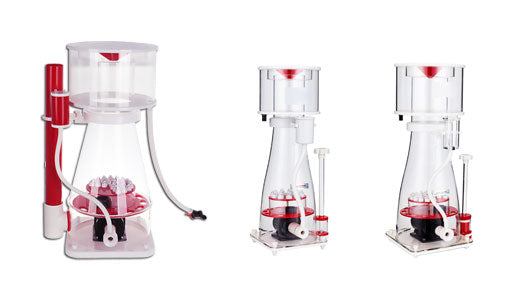

 Garden & Hydroponics & Landscape
Garden & Hydroponics & Landscape
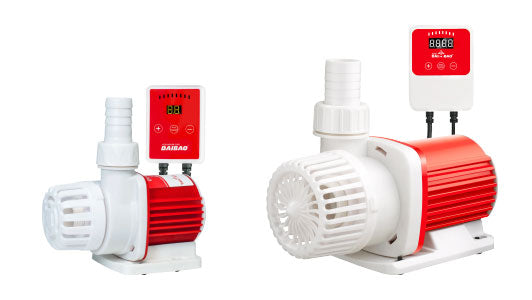

 Ponds & Fountains & Waterfalls
Ponds & Fountains & Waterfalls
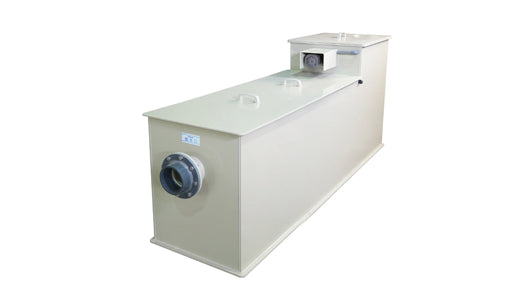

 Drum Pond Filter
Drum Pond Filter
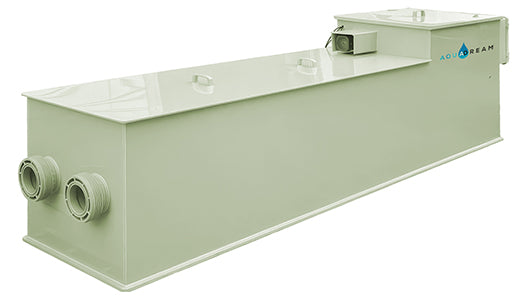
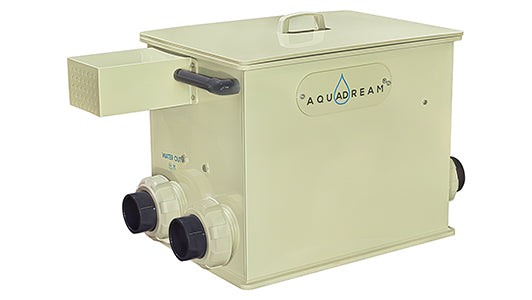

 Community
Community
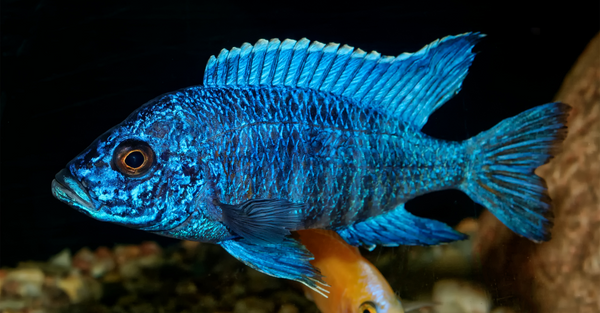
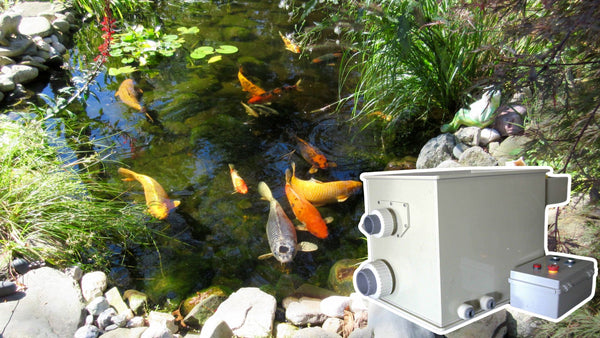

 Help Center
Help Center









